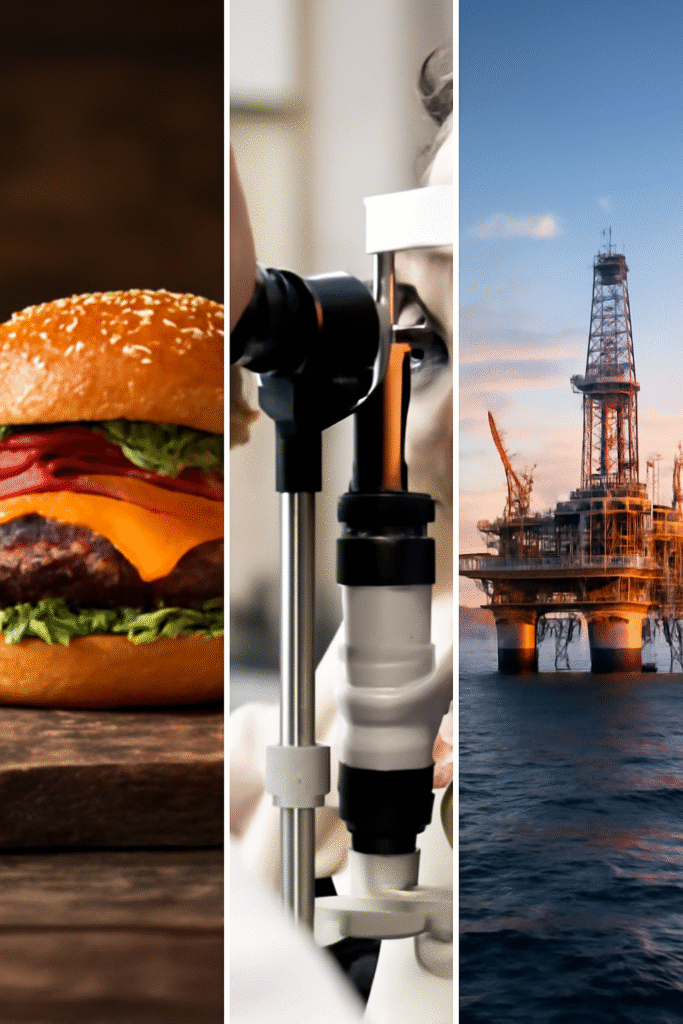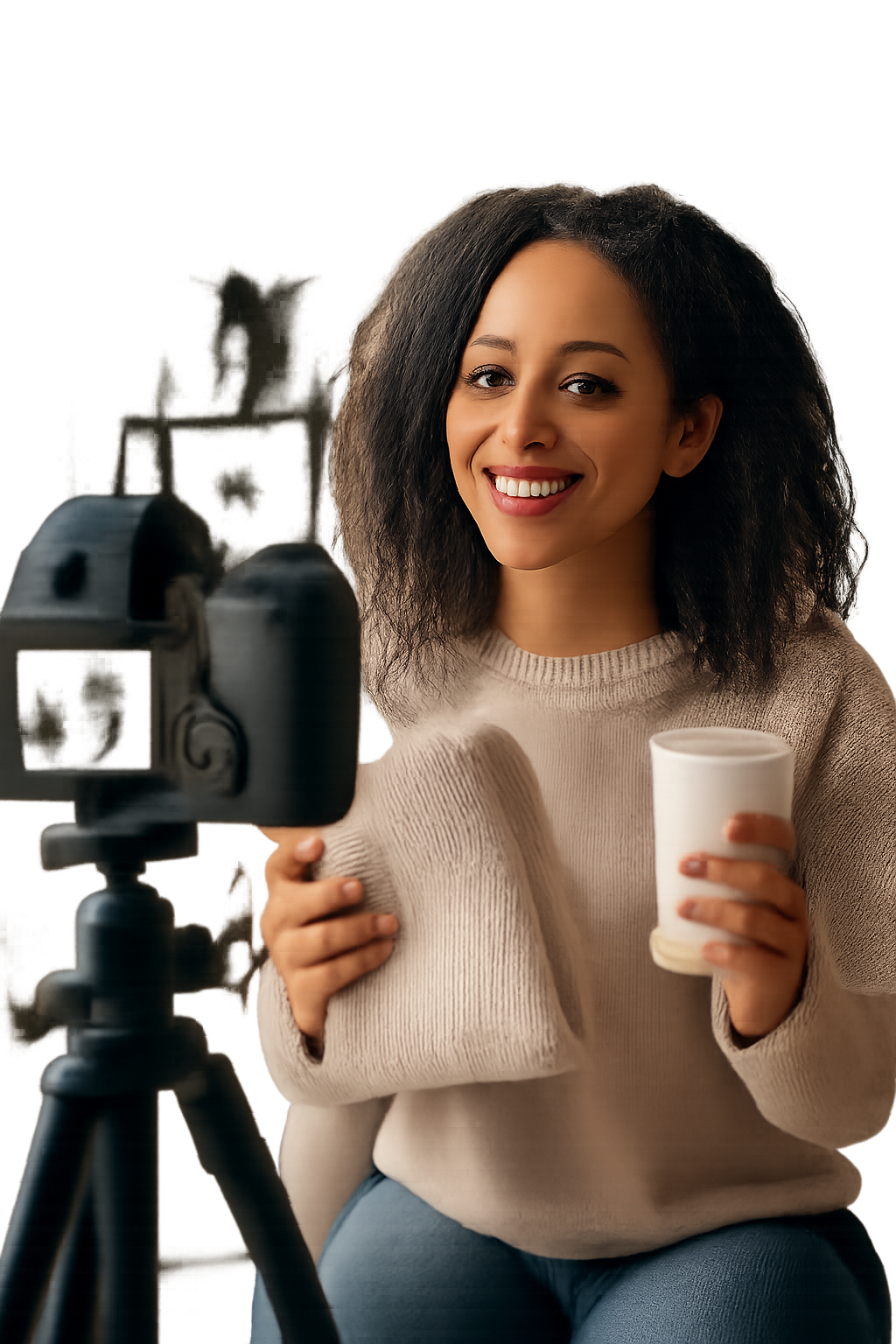The Turning Point
Modern marketing is quietly shifting power away from huge influencer empires toward something that feels refreshingly human: micro‑influencers.
Unlike celebrity creators boasting millions of followers, these smaller voices—usually between 5,000 and 100,000 dedicated fans—operate in spaces of intimacy, trust, and local relevance.
Their power doesn’t come from reach alone but from credibility. In an age fatigued by ads and filtered perfection, the word of a relatable personality holds weight that paid promotions can’t replicate.
For small businesses, this discovery is transformative. Instead of competing on budget, they now compete on authenticity—something technology can enhance but never fake.

The Rise of the Micro‑Influencer Economy
Why Smaller Can Mean Stronger
A micro‑influencer’s following might look modest, but their impact is concentrated.
Brands collaborating with them often see higher audience engagement, sincere comments, and measurable sales conversions.
Engagement on small pages often feels like friendship rather than fandom. Each recommendation carries the personal tone of someone you already trust—and that emotional link drives purchasing decisions far more than celebrity endorsements do.
These influencers dominate niche communities: urban cyclists, vegan dining enthusiasts, sustainable fashion friends, or indie‑tech lovers. Their content resonates within focused circles where everyone shares the same curiosity and vibe.
The Economics of Trust
Micro‑influencer partnerships cost less but yield deeper loyalty.
Because budgets stretch further, small brands can build long‑term storytelling cycles—not just brief campaigns.
Think of a local café that invites a neighborhood foodie to share morning routines and latte designs; or a DIY jewellery startup partnering with an influencer who talks about mindful consumption and craftsmanship; or even a pet‑care shop gaining traction via friendly creators who share real experiences with their dogs and cats.
Each collaboration stays grounded, human, and believable—exactly what digital consumers crave today.
From Word‑of‑Mouth to Digital Whispers
Marketing has always thrived on storytelling, but social media turned “word‑of‑mouth” into an algorithmic phenomenon—a global whisper network happening in feeds and comments.
Instagram, TikTok, and YouTube gave everyday storytellers the same tools once reserved for national ads.
Now influence flows horizontally: from people to people, passion to passion, niche to niche.

The Smart Tech That Makes It Work
Behind each relatable post lies sophisticated infrastructure.
Algorithms amplify content that feels genuine, bringing niche creators into the spotlight for audiences that care.
Analytics dashboards track everything—reach, engagement, click‑through rates—and AI systems interpret that data instantly.
What once required specialized marketing agencies can now be executed by an independent creator with the right tools.
The Fusion with Artificial Intelligence
Artificial intelligence doesn’t silence the human voice—it helps it speak clearer.
Within influencer marketing, AI enhances creativity, accelerates editing, and streamlines insight discovery.
AI in Practice
- Automated Story craft:
Creators use AI to generate video outlines, caption ideas, and optimized hashtags, freeing more time to shoot and interact.
- Audience Deep‑Dive:
Small brands can leverage AI analytics to find patterns: which posts prompted actual purchases, which tone triggered emotion, which audience segment stayed most loyal.
- Personalized Offers:
By merging behavioral data and keyword mapping, micro‑influencers can present hyper‑relevant promotions—say, sustainable skincare to eco‑aware followers or gourmet snacks to local foodies.
- Fraud Protection:
Machine‑learning tools analyze suspicious spikes in engagement to identify fake followers. This protects small advertisers, ensuring money flows toward truth instead of inflated vanity metrics.
AI acts like a silent strategic partner, invisible to viewers but essential to campaign precision.
Market Evolution and Global Reach
The last two years (2024–2025) marked a clear milestone.
According to sector reports:
- The global influencer economy already surpasses $20 billion per year.
- Micro‑influencers make up over 60 percent of all brand partnerships.
- Their engagement rate averages three to five times above that of macro‑influencers.
In Brazil, the movement is even more dynamic.
It’s the second-largest Instagram and TikTok market worldwide, filled with local creators shaping cultural and commercial conversations.
For them, creativity isn’t luxury—it’s livelihood.
Digital entrepreneurship is weaving itself into Latin America’s social fabric, and micro‑influencers are part of that cultural expansion.

Cautions in the Creator Economy
Despite the excitement, the world of micro‑influence has its pitfalls:
- Fake follower inflation still traps brands that chase numbers instead of results.
- Excessive product endorsements make once‑genuine voices sound like jingles.
- Undefined goals between brand and influencer can waste effort—visibility without conversion.
The future demands transparency and ethics: clearly defined contracts, measurable objectives, and alignment of values on both sides.
Authenticity should remain the compass guiding every partnership.
Looking Forward: The Hybrid Influencer Era
The boundaries between creator and technology will soon blur even further.
We’re witnessing the birth of the hybrid influencer—someone who combines emotional storytelling with AI‑driven analytics and design tools.
Imagine an artist who brainstorms ideas with an AI co‑writer, designs posts using generative imagery, but keeps the tone and emotion unmistakably personal.
The result? Faster creation without losing humanity.
Future brand‑creator dynamics will likely emphasize:
- Long‑term collaborations over disposable campaigns.
- Shared value creation—influencers becoming small‑scale ambassadors, not ad slots.
- Centralized AI platforms merging audience data, payment systems, and content planning into one environment for small brands.
These developments will make influence measurable, ethical, and fundamentally creative.
Human Connection at the Core
When stripped of screens and strategies, influence remains what it has always been—trust.
People follow sincerity, not statistics.
Technology helps, but truth converts.
Micro‑influencers remind us that selling is simply storytelling in disguise.
When an honest voice says, “I use this, and it works,” no billboard can outperform it.
Small businesses thrive in that space where community meets commerce.
Every like becomes a handshake; every share becomes a recommendation.
With AI evolving alongside authentic creators, the scene becomes more democratic—accessibility replaces elitism.
Creativity, not cash, defines impact.
Key Takeaway
For local entrepreneurs and startups, the lesson is crystal clear:
Focus on authenticity rather than amplification.
The future belongs to brands courageous enough to collaborate with meaningful voices, not louder ones.
Because in modern marketing, you don’t need a million strangers—you need a thousand believers.
Micro‑influencers have proven that the most valuable currency online is trust, and in 2025, that trust is the true engine of every sale.
